Vivek Gadodia and Juan Kemp, who’ve been serving as interim co-CEOs since February, will continue to lead the diamond mining company.
Search

Called “Origin by De Beers Group,” the loose, polished diamonds are being sold in a total of 30 stores in the United States and Canada.
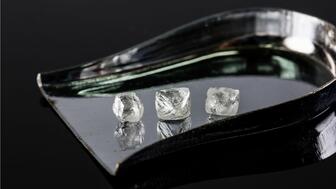
Mark Wall, president and CEO of Canadian mining company Mountain Province Diamonds, will vacate his position next month.

De Beers also announced more changes in its upper ranks ahead of parent company Anglo American’s pending sale of the company.
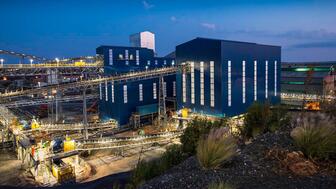
The struggling diamond mining company, which owns the historic Cullinan mine, has launched a rights issue to raise about $25 million.

The retailer’s new collection of engagement rings and fashion jewelry is set with natural diamonds that are traceable via blockchain.

They were attacked on Oct. 15, as approximately 40 miners without licenses marched on the mine’s gate.

The UK-based brand sourced the gemstones, which are fully traceable, from an artisanal mining community in Tanzania.
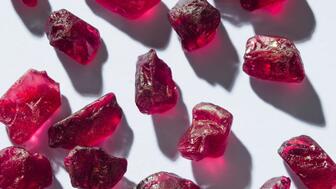
The rough on offer was recovered from a newer area at the Montepuez mine.
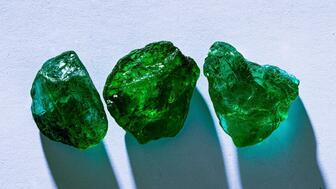
Its latest interim financials revealed a challenging first half due in part to production troubles at its mines.

Botswana’s president said his country wants a controlling share, while Angola envisions multiple countries holding minority stakes.

It included the sale of the 11,685-carat “Imboo” emerald that was recently discovered at Kagem.
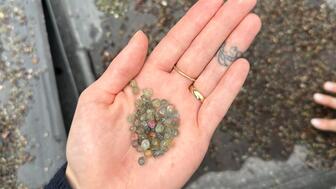
Associate Editor Lauren McLemore headed out West for a visit to Potentate Mining’s operation hosted by gemstone wholesaler Parlé Gems.

Anglo plans to merge with Teck Resources Ltd. to form Anglo Teck. The deal changes nothing about its plans to offload De Beers.

President Duma Boko addressed the country’s medical supply chain crisis in a recent televised address.
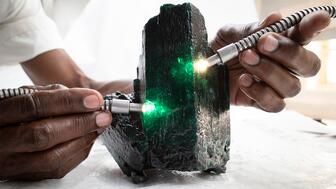
Dubbed the “Imboo,” or “buffalo,” emerald, the rough gemstone is part of Gemfields’ latest emerald auction, which is taking place now.
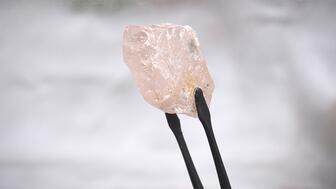
The investment company, founded by Dev Shetty, has acquired the struggling miner and its assets, including the Lulo mine in Angola.
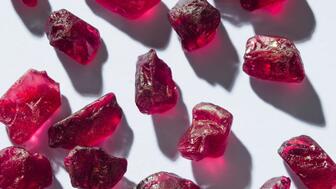
The nearly six-month pause of operations at its Kagem emerald mine earlier this year impacted the miner’s first-half results.

The diamond miner and marketer warned last week that it expected to be in the red after significantly cutting prices in Q2.

While struggles continue at the mining and trading end of the pipeline, consumer demand for diamond jewelry is holding steady.

Production at the mine in Canada’s Northwest Territories topped 1 million carats in Q2, the third consecutive quarter of growth.

In its inaugural year, the SMO Foundation will focus on supporting two organizations in West Africa and one in South America.

This past year, the manufacturer said it recorded below-zero emissions per carat of natural diamond.

Signatories to the “Luanda Accord” committed to allocating 1 percent of annual diamond revenue to the Natural Diamond Council.

The gemstone is the third most valuable ruby to come out of the Montepuez mine, Gemfields said.


















